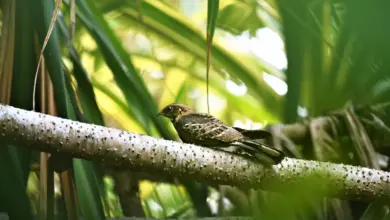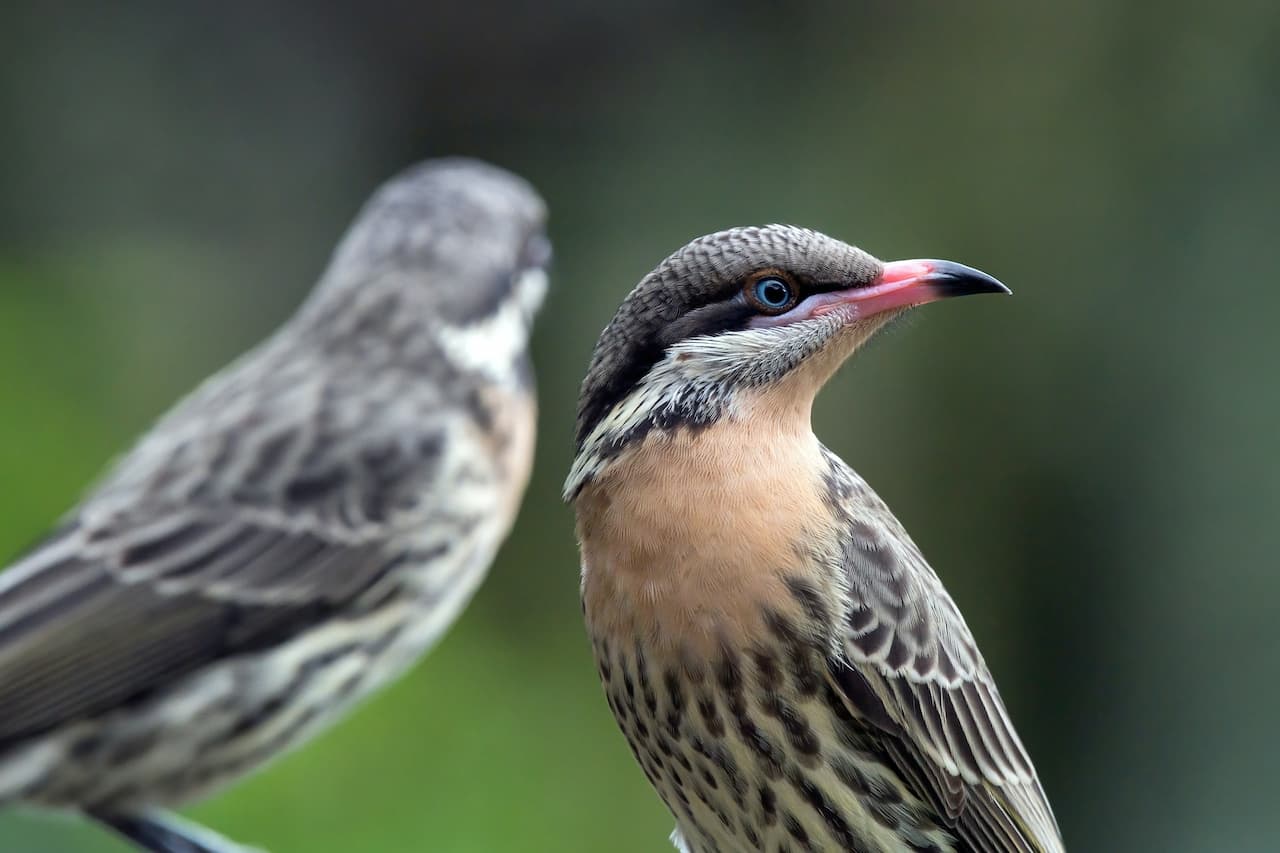White-breasted Woodswallow
The White-breasted Woodswallows, Artamus leucorynchus, is a small passerine bird. The name “woodswallow” is a misnomer as they are not closely related to true swallows. Instead, they belong to the family Artamidae, which also includes butcherbirds, currawongs and the Australian Magpie.
The species was first described by Linnaeus in 1771, its specific epithet derived from the Ancient Greek words leucos ‘white’, and rhynchos ‘bill’.
Distribution / Range
It breeds from the Andaman Islands east through Indonesia and northern Australia.
Description
This woodswallow’s soft-plumage is charcoal grey apart from the white underparts that give the species its English and scientific names. Despite its brush-tipped tongue, usually associated with nectar feeders, it catches insects on the wing.
The white-breasted Woodswallows has large, pointed wings and is very agile in powered and gliding flight. This is a nomadic species, following the best conditions for flying insects, and often roosting in large flocks.
Nesting / Breeding
The nest is a small structure built on a branch. The normal clutch is three eggs.
References
- Liddell and Scott (1980). Greek-English Lexicon, Abridged Edition. Oxford University Press, Oxford, UK. ISBN 0-19-910207-4.




